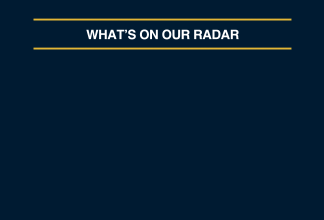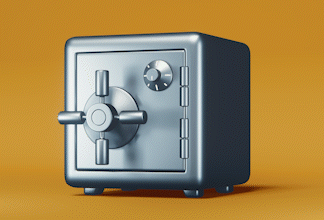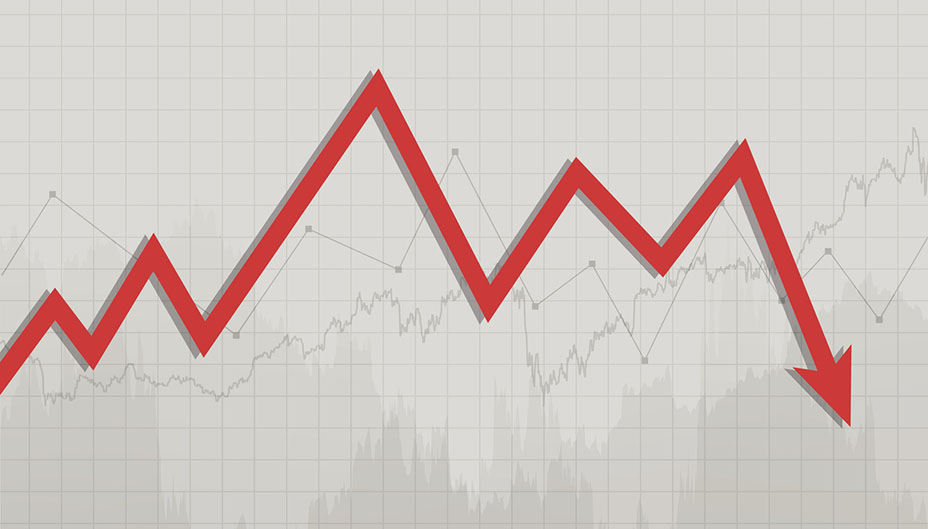What Happens When Circuit Breakers Trigger Market-Wide Trading Halts
Written by The Inspired Investor Team
Published on March 12, 2020
minute read
Share:
Markets have experienced some big drops over the years, but what happens if there’s such panic that stocks plummet so significantly that everyone tries to sell at the same time? To avoid a massive decline in the market, regulatory measures kick in to automatically pause trading across the market for a short period of time. These circuit breakers are meant to dissuade panic selling and help restore calm during rapid market falls. During these pauses, you can’t buy or sell stocks on the affected exchange.
The Ontario Securities Commission explains, “A market-wide circuit breaker is a regulatory measure that temporarily halts trading on all Canadian marketplaces (exchanges and alternative trading systems (ATSs)) if there is an extraordinary stock market decline. During this time, you will not be able to buy or sell stocks on any Canadian marketplaces, including the Toronto Stock Exchange.”1
The purpose of circuit breakers is to allow time for investors to better assess what’s happening with the markets and make informed decisions. In order to maintain fair and orderly markets, three levels of circuit breakers have been put into place:
|
Level of halt |
S&P 500 Index decline |
Length of halt before 3:25 p.m. |
at or after 3:25 p.m. |
|
Level 1 |
7% |
15 minutes |
trading continues |
|
Level 2 |
13% |
15 minutes |
trading continues |
|
Level 3 |
20% |
trading halts and does not resume for the remainder of the trading day |
trading halts and does not resume for the remainder of the trading day |
Circuit breakers were adopted shortly after the Black Monday crash of Oct. 19, 1987, when the Dow Jones Industrial Average plunged by 22 percent. They were triggered for the first time in 19972 during the Asian financial crisis and then again at the onset of the COVID-19 pandemic in March 2020, when markets experienced four separate days of circuit breakers.3
Once the pause is over – and cooler heads potentially prevail – people can trade as normal, at least until another major market decline occurs. To be sure, these market-wide circuit breaker events are rare, but clearly, they can happen. Besides trying to calm investors, they were also created to maintain investor confidence in extremely turbulent times and prevent a total market crash.
In Canada, the Canadian Investment Regulatory Organization (CIRO) is responsible for maintaining the circuit-breaker mechanism. The changes in the value of the S&P 500 Index are the basis for market-wide circuit breaker triggers. In case U.S. markets are not open, the S&P/TSX Composite Index is used instead.4
Sources
1 Get Smarter About Money, “Market-wide circuit breakers”
2 CNBC, “20 years ago Friday, this unprecedented trading curb kicked in”, October 2017
3 NYSE, “Report of the Market-Wide Circuit Breaker (“MWCB”) Working Group Regarding the March 2020 MWCB Events”, March 2021
4 CIRO, “Guidance on Market-wide Circuit Breakers”, February 2013
RBC Direct Investing Inc. and Royal Bank of Canada are separate corporate entities which are affiliated. RBC Direct Investing Inc. is a wholly owned subsidiary of Royal Bank of Canada and is a Member of the Canadian Investment Regulatory Organization and the Canadian Investor Protection Fund. Royal Bank of Canada and certain of its issuers are related to RBC Direct Investing Inc. RBC Direct Investing Inc. does not provide investment advice or recommendations regarding the purchase or sale of any securities. Investors are responsible for their own investment decisions. RBC Direct Investing is a business name used by RBC Direct Investing Inc. ® / ™ Trademark(s) of Royal Bank of Canada. RBC and Royal Bank are registered trademarks of Royal Bank of Canada. Used under licence.
© Royal Bank of Canada 2025.
Any information, opinions or views provided in this document, including hyperlinks to the RBC Direct Investing Inc. website or the websites of its affiliates or third parties, are for your general information only, and are not intended to provide legal, investment, financial, accounting, tax or other professional advice. While information presented is believed to be factual and current, its accuracy is not guaranteed and it should not be regarded as a complete analysis of the subjects discussed. All expressions of opinion reflect the judgment of the author(s) as of the date of publication and are subject to change. No endorsement of any third parties or their advice, opinions, information, products or services is expressly given or implied by RBC Direct Investing Inc. or its affiliates. You should consult with your advisor before taking any action based upon the information contained in this document.
Furthermore, the products, services and securities referred to in this publication are only available in Canada and other jurisdictions where they may be legally offered for sale. Information available on the RBC Direct Investing website is intended for access by residents of Canada only, and should not be accessed from any jurisdiction outside Canada.
Explore More

Here’s What Every Canadian Should Know About Estate Planning
Insights from Leanne Kaufman to help you feel more confident as you plan
minute read

3 Things We're Watching This Week
What the Inspired Investor team is watching
minute read

What’s Driving the Recent Surge in Gold Prices
Here are some things to watch with the gold market
minute read
Inspired Investor brings you personal stories, timely information and expert insights to empower your investment decisions. Visit About Us to find out more.







